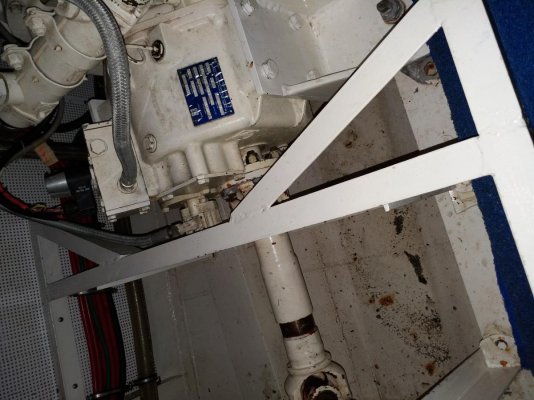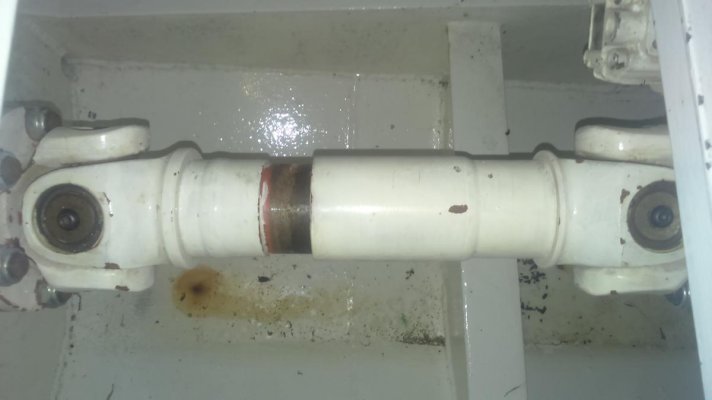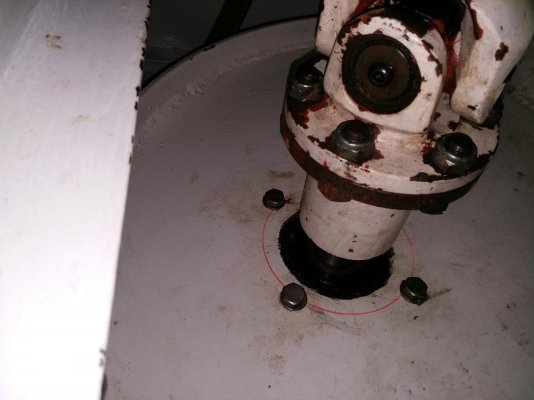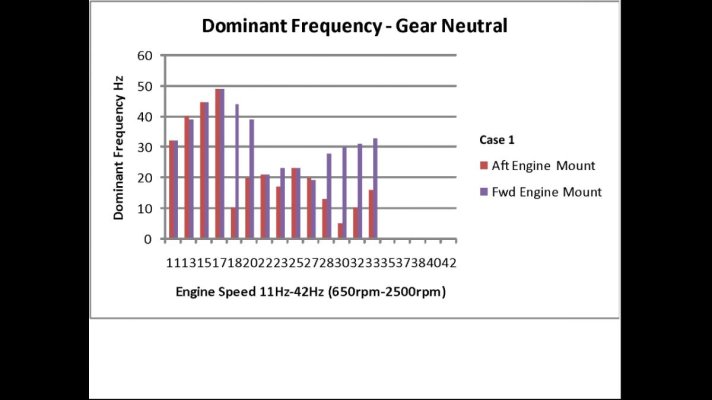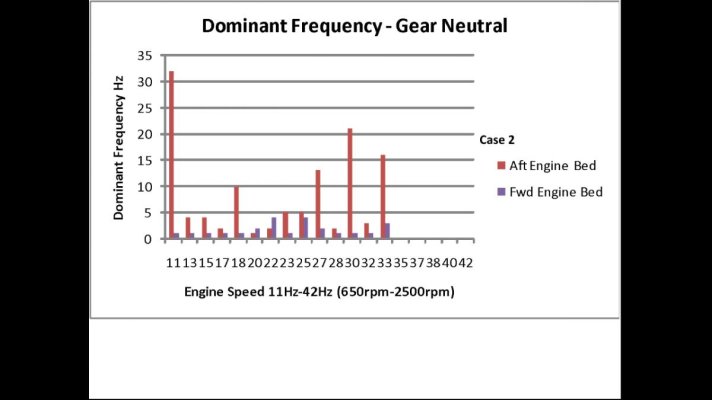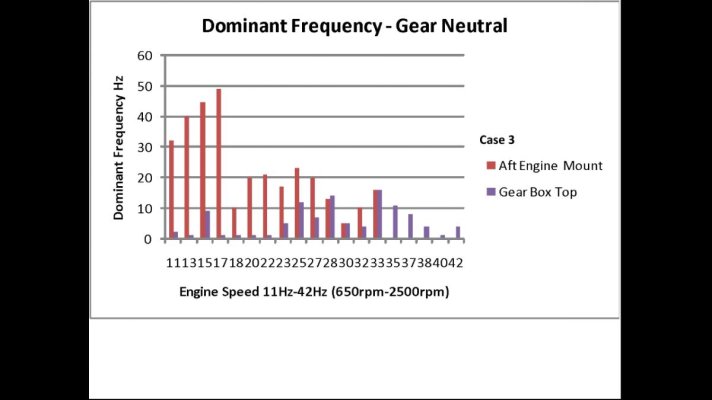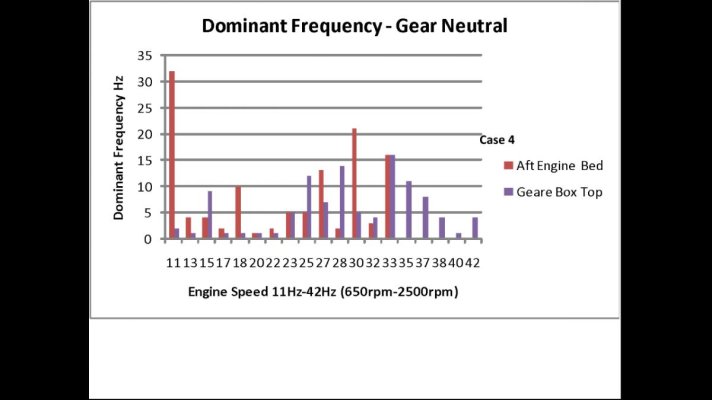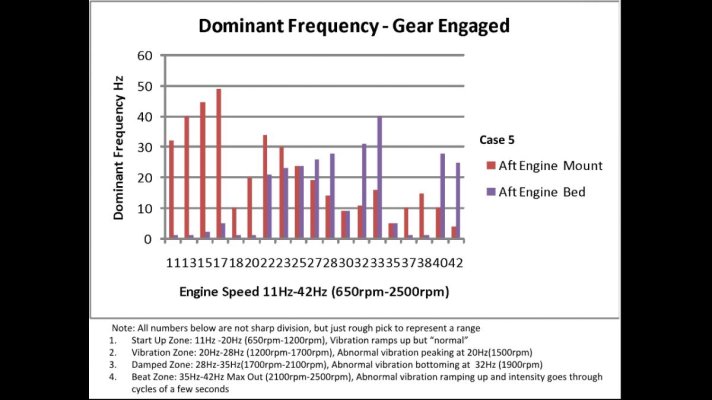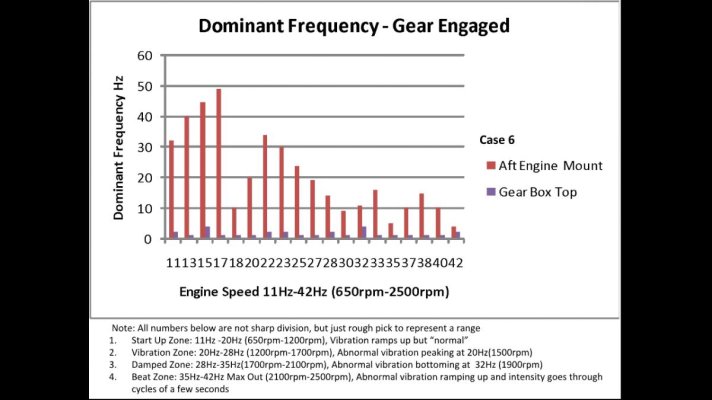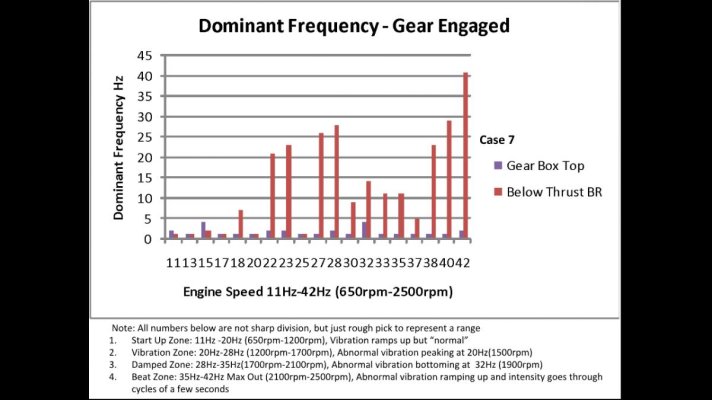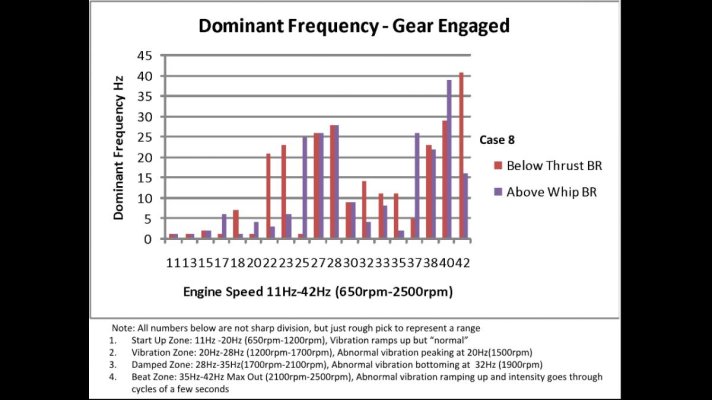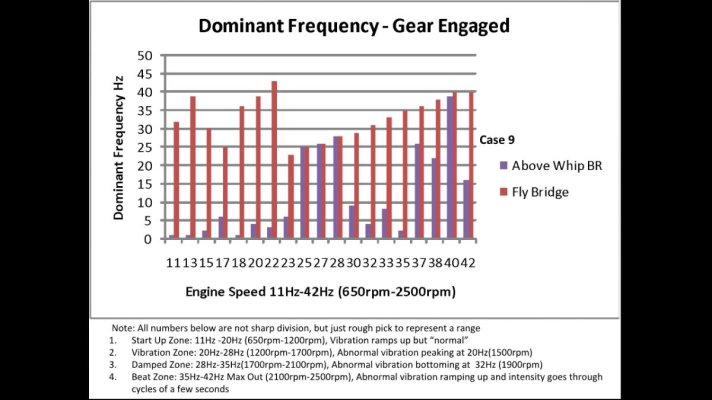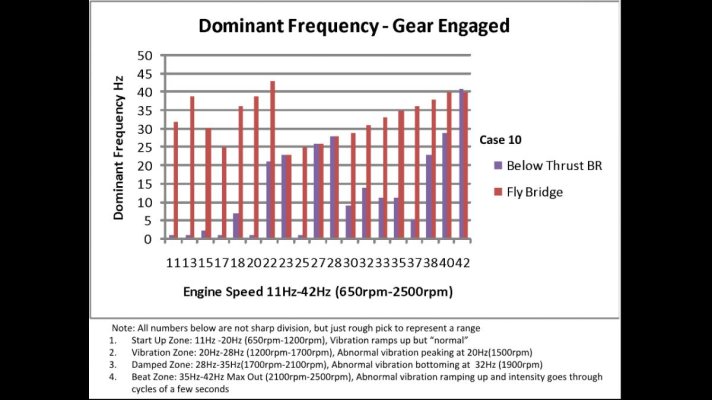Professional Boat Builder issue number 74, page 85, has an article about vibration which is pretty good. The article is from 2002 and most of the company websites listed at the end of the article are no longer valid, one website is still available, http://www.balmacinc.com/products/digital-vibration-meters#spucontent205
This company sells devices but not sure how much they cost. But they do have some interesting information on the FAQ page, FAQs, that has some helpful documents, including a chart that talks about how to interpret the test results,http://www.balmacinc.com/downloads/SeverityChart.pdf.
Not sure it is worth the OP buying one of the devices but some of this information might be helpful to know when hiring someone. The company might have some contacts in HK as well.
The article mentions using vibration sensors to equipment that might help detect vibration before they become an issue or out right failure. Interesting idea.
Later,
Dan
This company sells devices but not sure how much they cost. But they do have some interesting information on the FAQ page, FAQs, that has some helpful documents, including a chart that talks about how to interpret the test results,http://www.balmacinc.com/downloads/SeverityChart.pdf.
Not sure it is worth the OP buying one of the devices but some of this information might be helpful to know when hiring someone. The company might have some contacts in HK as well.
The article mentions using vibration sensors to equipment that might help detect vibration before they become an issue or out right failure. Interesting idea.
Later,
Dan

